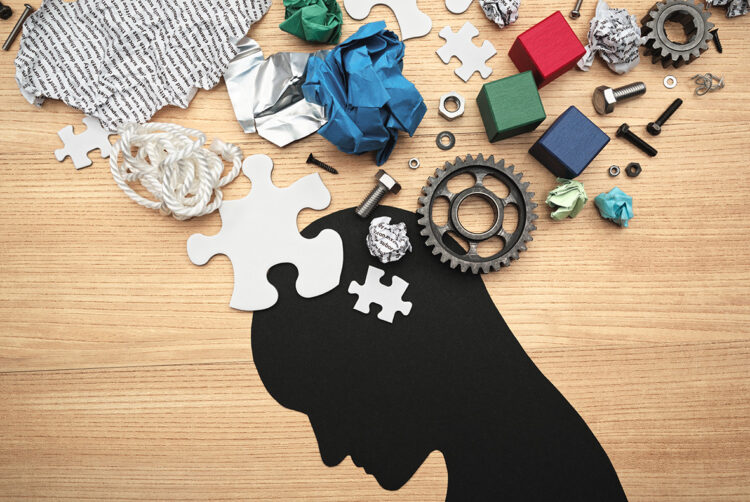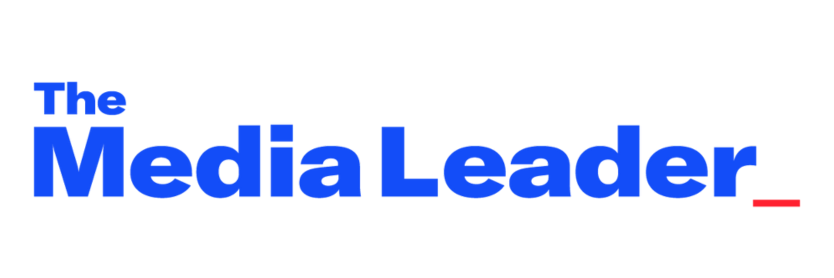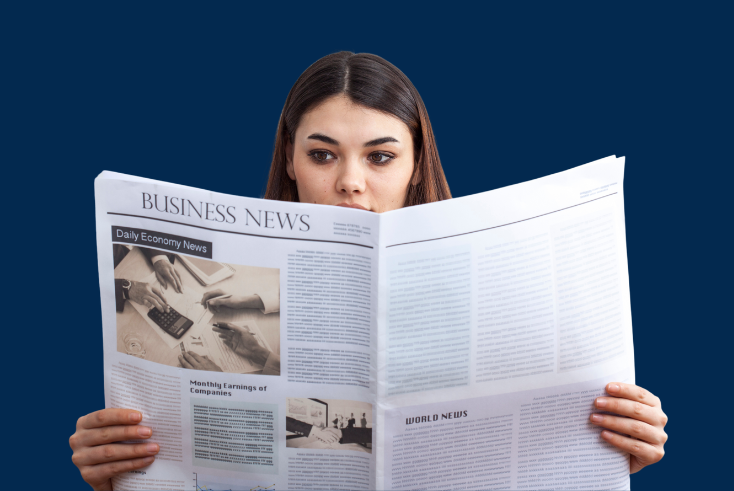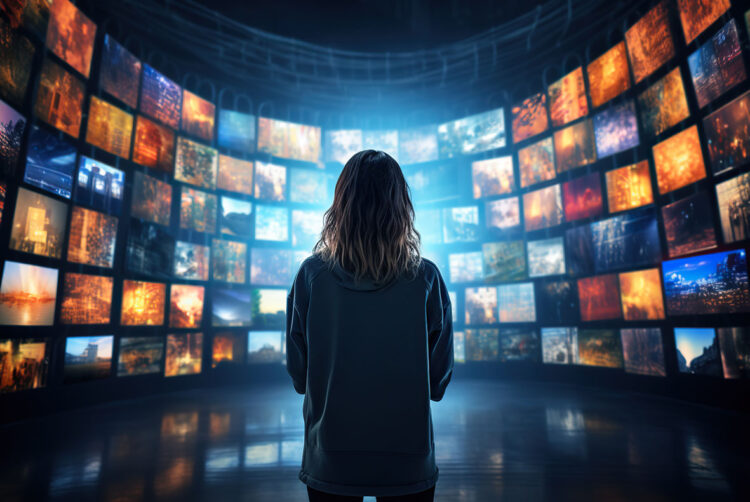Only connect: Lessons from media for our own bodies

Opinion, by Stefanie Daniels
In media, it’s easy to get caught up in metrics. But connection is at the heart of everything — and we would do well to apply this to understanding our bodies.
The year was 2002.
I was sitting in a smoky Saatchi & Saatchi office, watching creatives bounce around like a scene straight out of Mad Men. I watched as people tripped over themselves to keep up with their clients’ every need and stubbed out yet another cigarette into the overflowing ashtray, waiting for my next task as a young account executive.
Those little, seemingly innocent, cigarettes were my rebellion — a way of feeling part of the scene, unaware of how out of touch I was with my own wellbeing.
Fast forward to September 2024. The smoke has cleared, the indoor ashtrays are no more and Don Draper has hung up his coat — but the pace of media is more dizzying than ever.
Platforms have evolved, trends have come and gone, and kids seem to have studied computer science while in the womb (all while my dad is still searching for the “any key” — not even joking).
Amid all this change, one constant remains, regardless of age, colour or background: the innate need to connect.
When we think about media, it’s easy to get caught up in metrics, impressions, key messages, ROIs… But connection is at the core of everything. It’s the heartbeat of what we do and, without it, there would be no media — no audience or followers.
In the same way that you can’t just zero in on one campaign or key message, when it comes to our wellbeing, we need to consider the entire ecosystem.
Power to influence change
After working with hundreds of women and having had a 20-year career in media, I can tell you first hand the overlap between them.
Hormones are in a constant state of flux but their job is also in communication. They send a message to their assigned organ and impact every part of our body, much like how media touches every corner of our lives. Once you realise that you have the power to influence change, the fun really begins.
On that note, and while I have your attention (for which I thank you), I’d like to empower, inspire and educate you that once you understand the “heart” of what drives us and you start tuning in to those signals, there is magic.
Suddenly, you no longer dread the afternoon slump, you find confidence when the spotlight is on you in the boardroom and you have clarity behind the fuzzy brain.
Connecting with our bodies
For years, I worked in a high-pressured environment, managing the demands of a busy career while navigating the tumultuous changes my body was going through. Like so many, I found myself in uncharted territory, managing symptoms like brain fog, anxiety, sudden bursts of energy followed by crushing fatigue — all of which seemed to come out of nowhere.
I didn’t recognise myself in the mirror or in the way I moved through the world, and I had no idea where to turn for help. That is a very lonely and overwhelming place to suddenly find yourself.
But I realised quickly that, in the same way media focuses on connecting with its audience to be effective, we need to focus on connecting with our bodies to get to the heart of what’s going on.
The conversation around hormone health needs to be reframed in the same way that we’re reframing media today. Just as media is moving beyond superficial metrics to understanding deeper engagement and meaningful interactions, we need to move beyond labels like “menopause”, “mental health” and “stress”, instead considering hormone disruption as a whole.
An ongoing conversation
In my case, I knew something had to change. I began to listen closely to my symptoms. I turned to functional medicine, a holistic approach that looks at the root cause of health issues rather than just addressing symptoms.
By thinking of my hormone health as an ongoing conversation, I began to regain control. I made changes to my diet, incorporating more nutrients-dense foods that support hormonal balance. I prioritised sleep and found ways to manage stress that worked for me. I saw my habits for what they were until the grip loosened and I replaced them with something healthier.
Slowly, the tide started to turn and eventually these small changes added up to make a huge difference. I was no longer just reacting to my symptoms; I was actively managing my health, taking back the narrative.
In the media world, the most successful campaigns are the ones that adapt, listen to the audience and respond with intention. Similarly, the most empowered among us are those who listen and tune in to their bodies, who learn to recognise and respond to their hormonal shifts with curiosity and care, rather than fear and frustration.
Whether we’re talking about the media landscape or our health, it’s all about connection, balance and empowerment. The more we learn to listen and respond with intention, the stronger, healthier and more in control we become.

Stefanie Daniels is CEO of Life Begins at Menopause and an executive group coach. She worked in media for two decades at companies including Wireless Group, Bauer Media and GCap (now Global).
Read more

Make fewer ads: Why the future of advertising depends on better data strategies
There’s a misconception that planning fewer ads in order to reduce waste will lead to poorer results. But with intelligent modelling, strategic data partnerships and more metrics available, we can make ads more efficient and more effective.

À lire plus tard
Vous devez être inscrit pour ajouter cet article à votre liste de lecture
S'inscrire Déjà inscrit ? Connectez-vous








